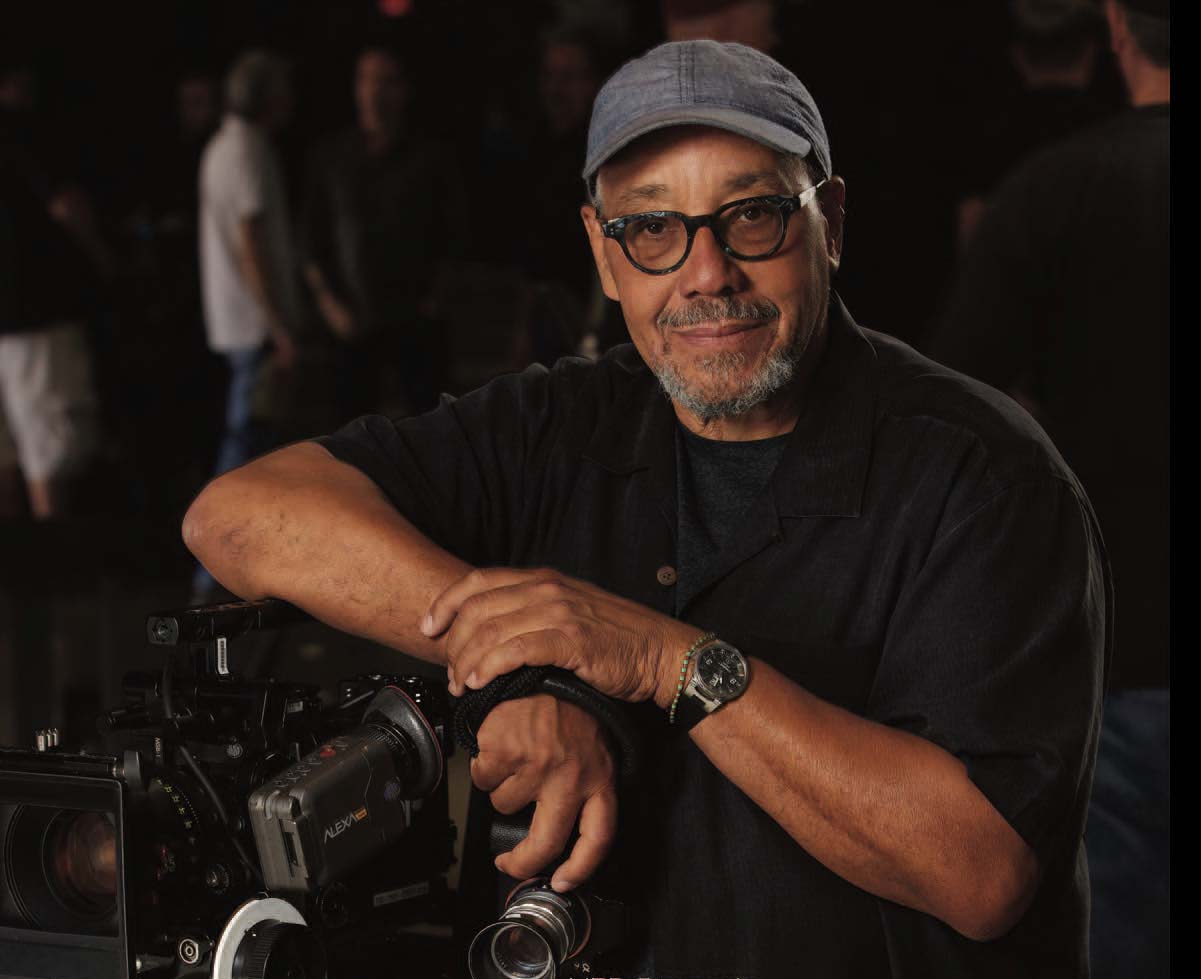John Simmons is a multi-talented artist whose work has spanned across decades. Born in Chicago and coming of age during the Civil Rights Era, Simmons' photography started at the peak of political and racial tension of the 1960s, mentored by a well known Chicago Civil Rights photographer, Bobby Sengstacke.
After completing an undergraduate degree from Fisk University in art and photography, Simmons went on to study cinematography at the University of Southern California, and then to move to LA, where he currently lives.
In 2004, Simmons was inducted into the
American Society of Cinematographers (ASC) and now serves as Vice President and as co-chair of the ASC Vision Committee. He is also on the Board of Governors of the Television Academy, working to increase diversity on-set, and taught at UCLA for 26 years before leaving to focus on his photography.
Simmons has also filmed music videos and commercials for artists such as Stevie Wonder, Britney Spears, Snoop Dogg and many more. As a filmmaker, Simmons has collaborated with industry giants such as Spike Lee and Debbie Allen, and has served as the Director of Photography for more than 25 television series. Simmons earned an Emmy for his work on Nicky, Ricky, Dicky & Dawn.
Outside of the aforementioned exhibits, his photographs are also held at the
High Museum of Art in Atlanta, the
Museum of Fine Arts in Houston, the
Center for Creative Photography, the David C. Driskell Center, University of Maryland, and Harvard University, where they exhibited in "Time is Now: Photography and Social Change in James Baldwin's America" at the Carpenter Center for the Visual Arts. His work is also in the permanent collection of the ASC.
Exclusive Interview with John Simmons